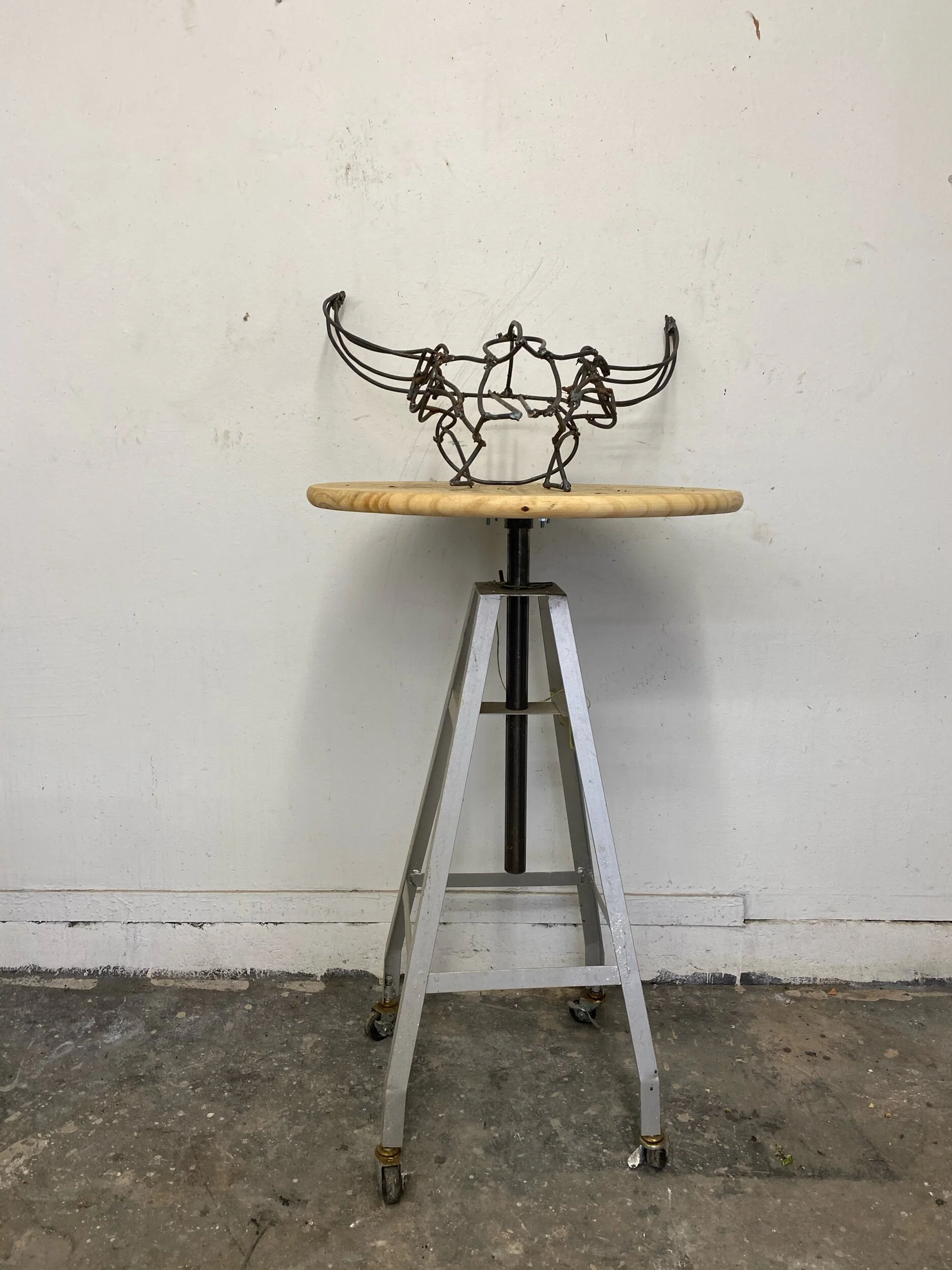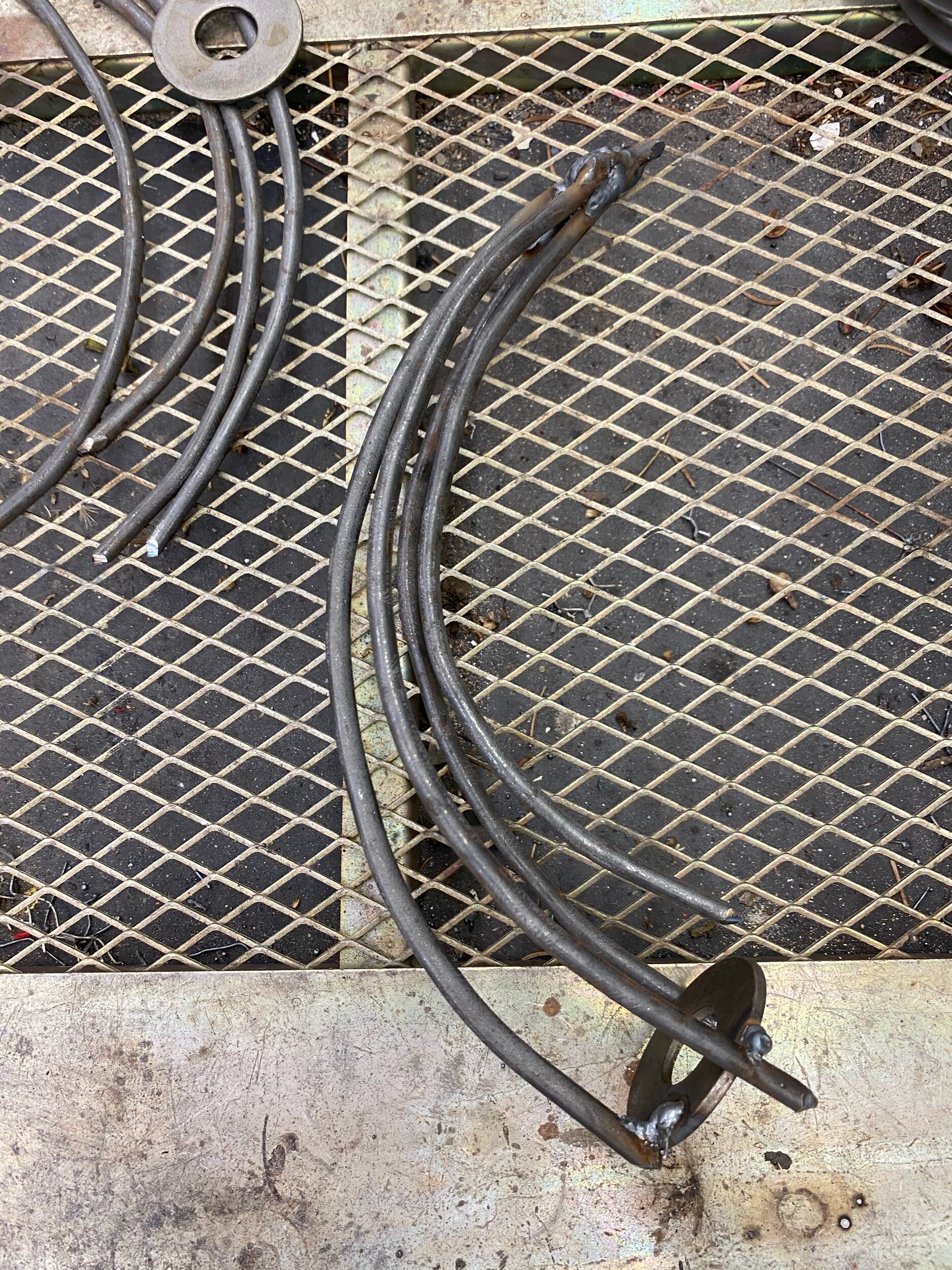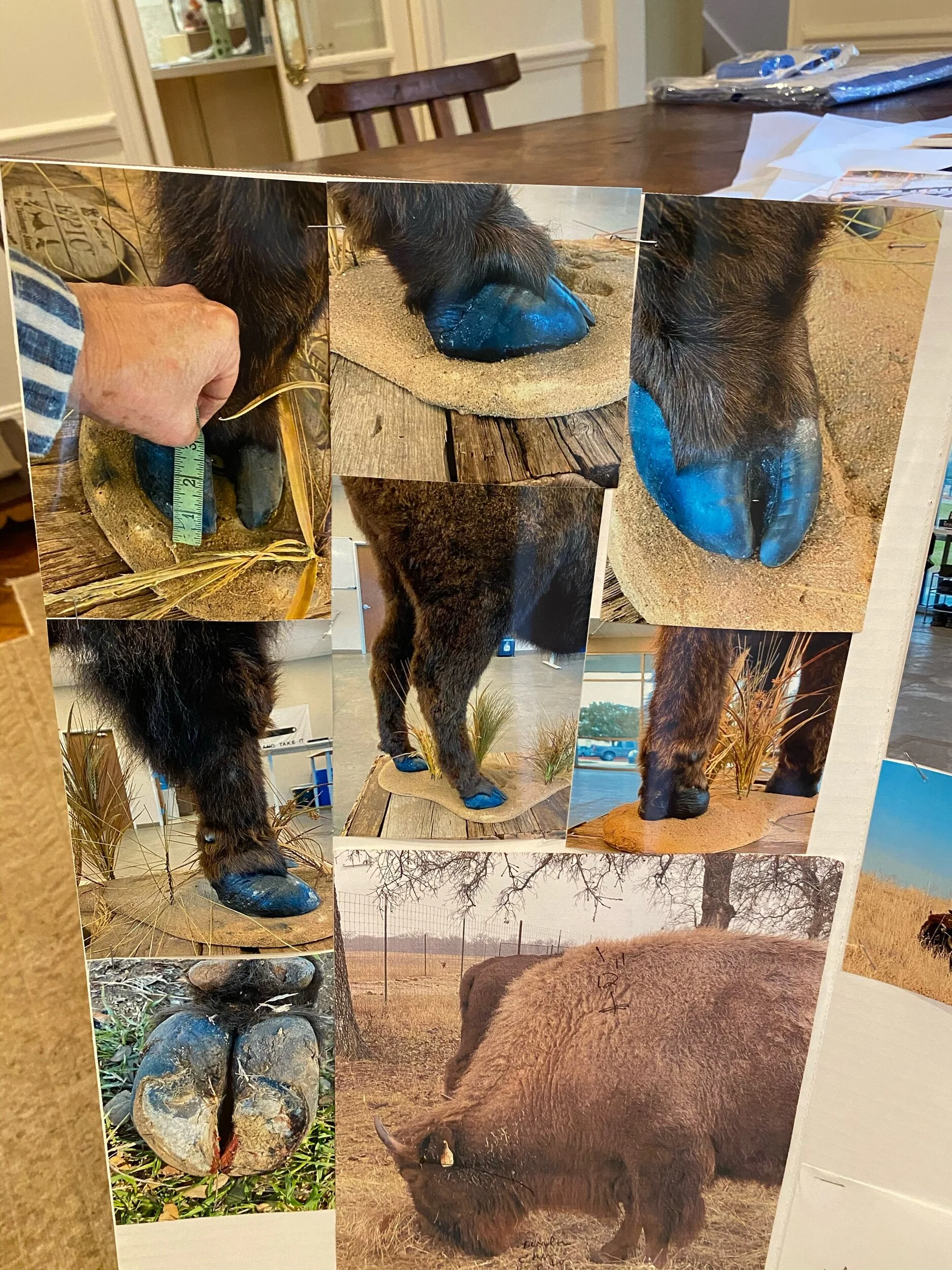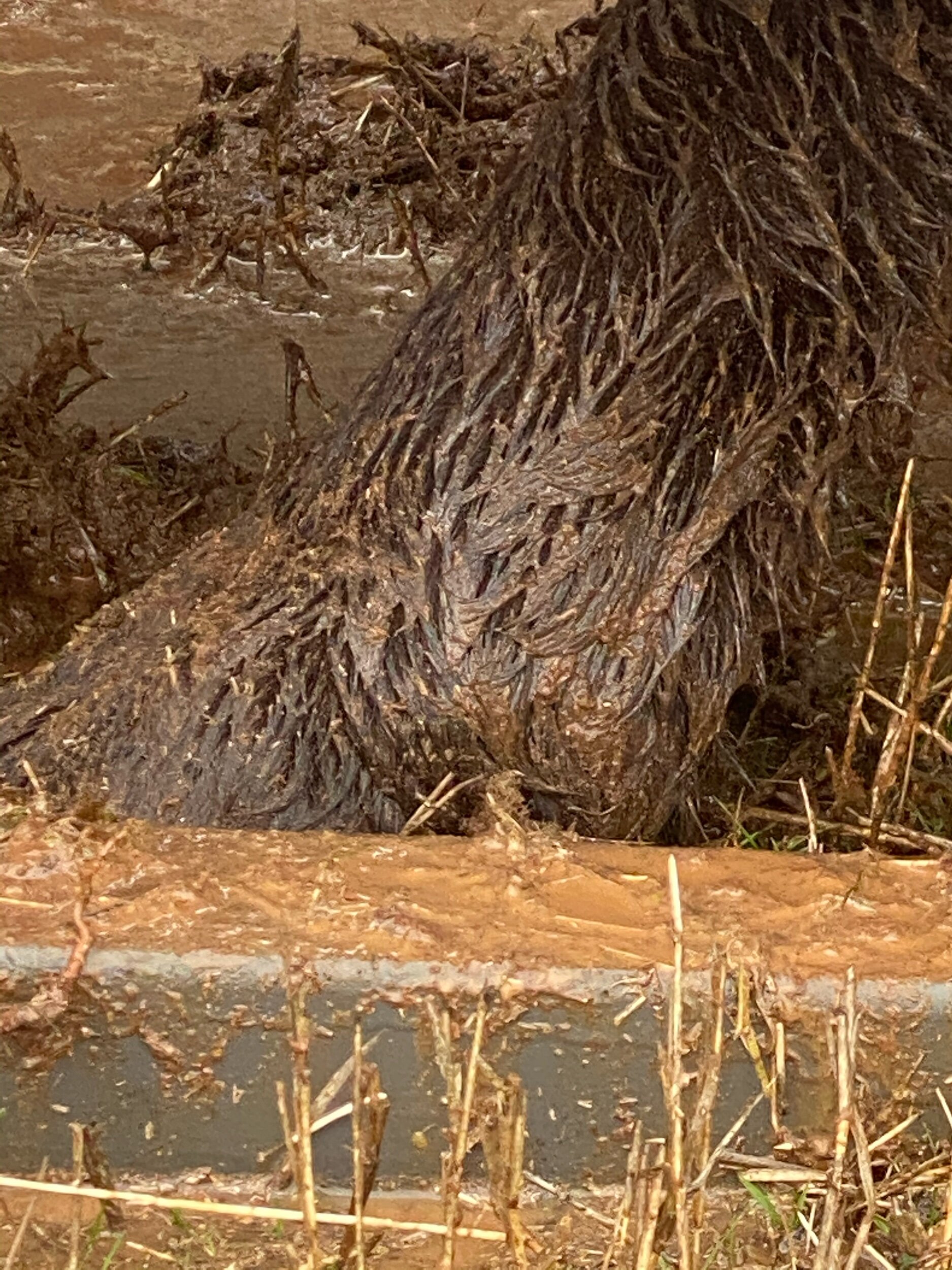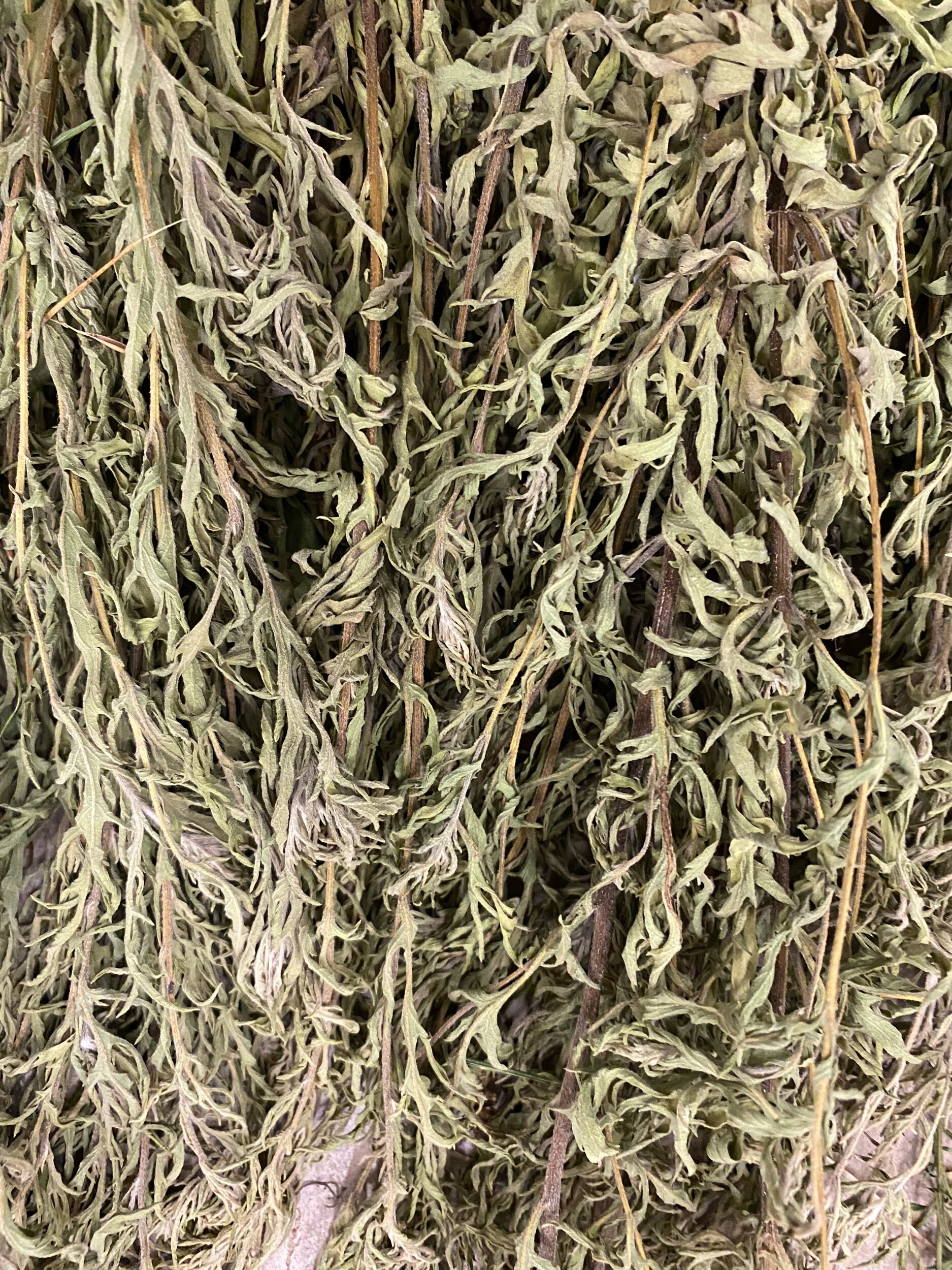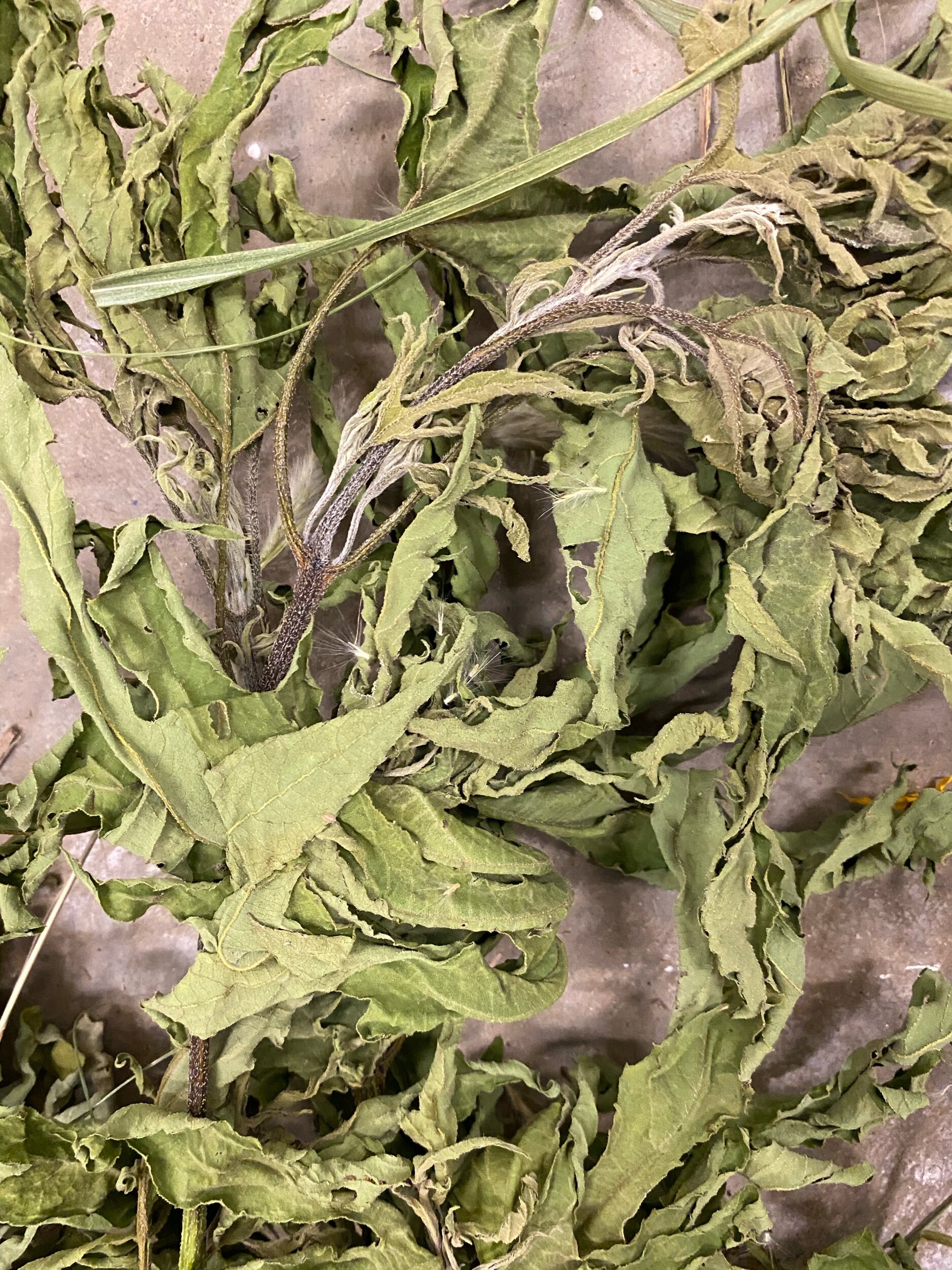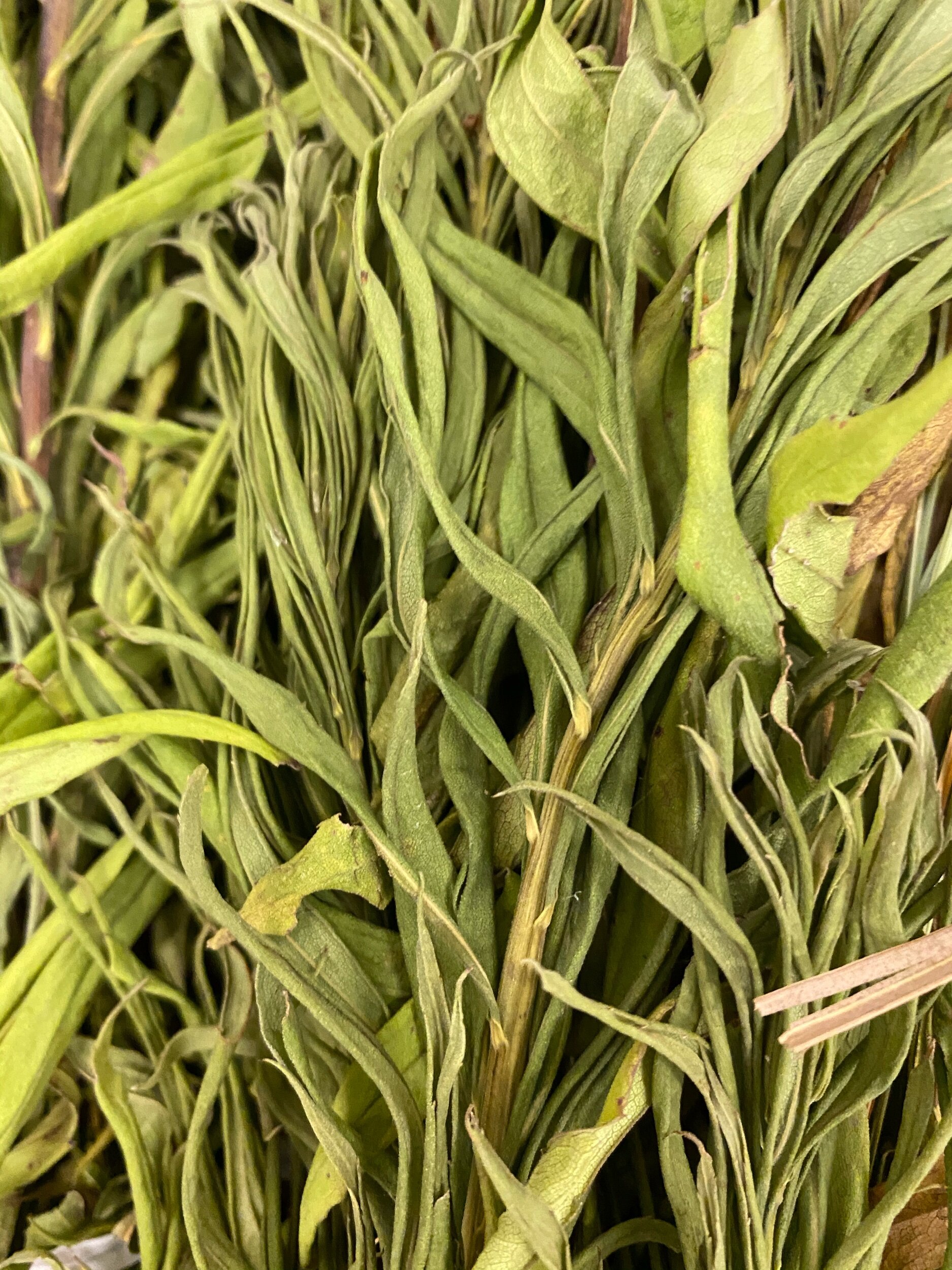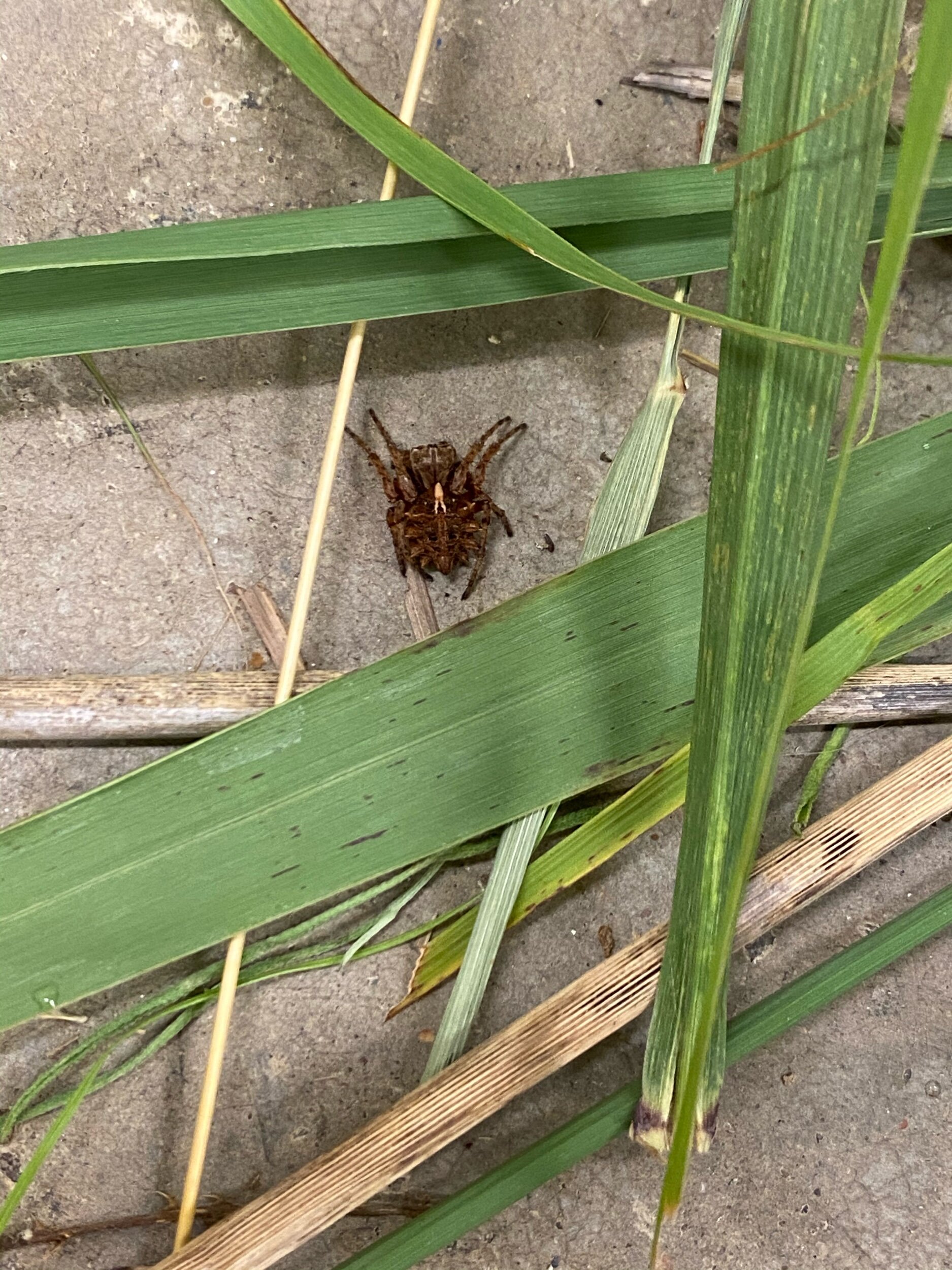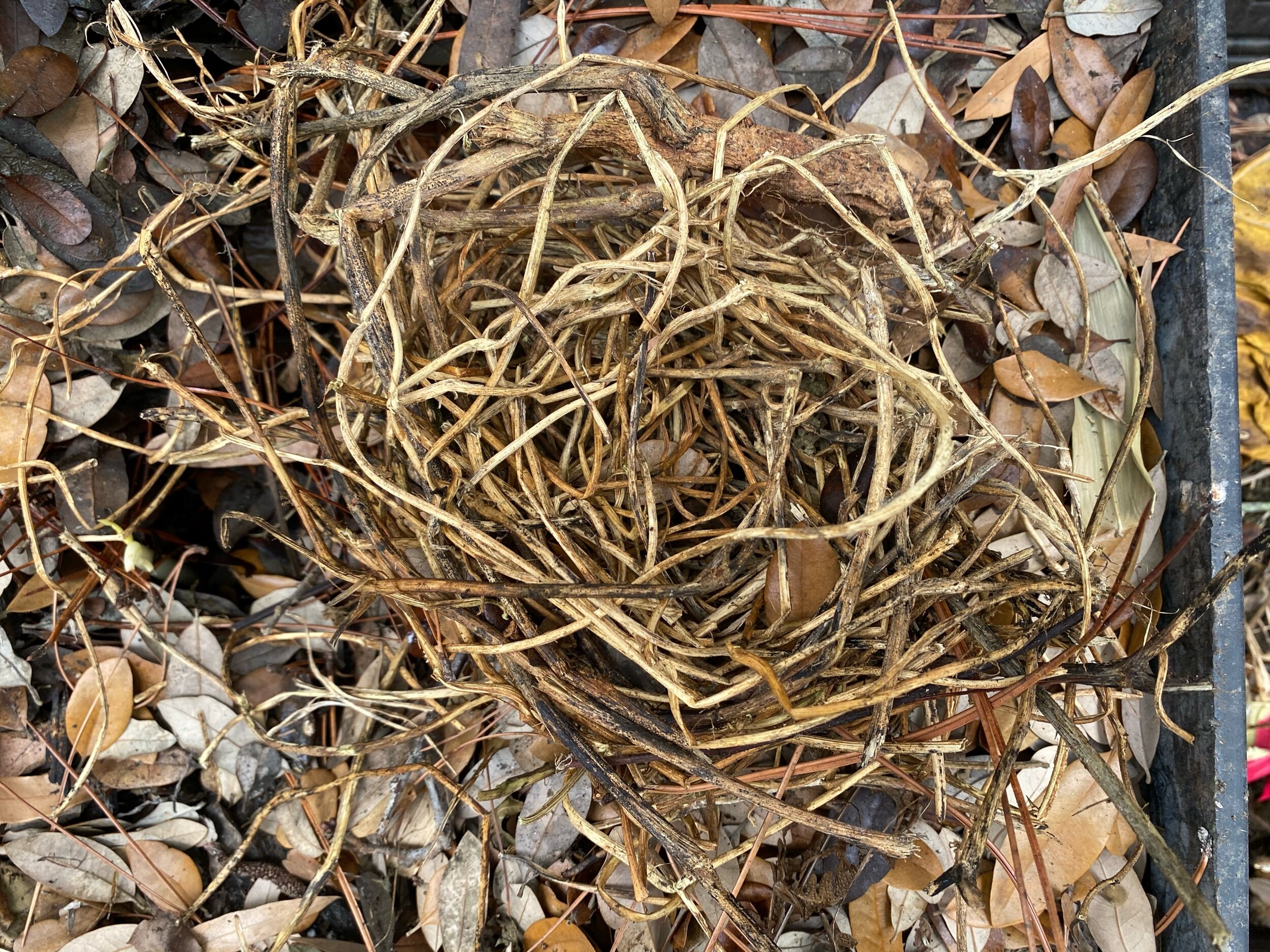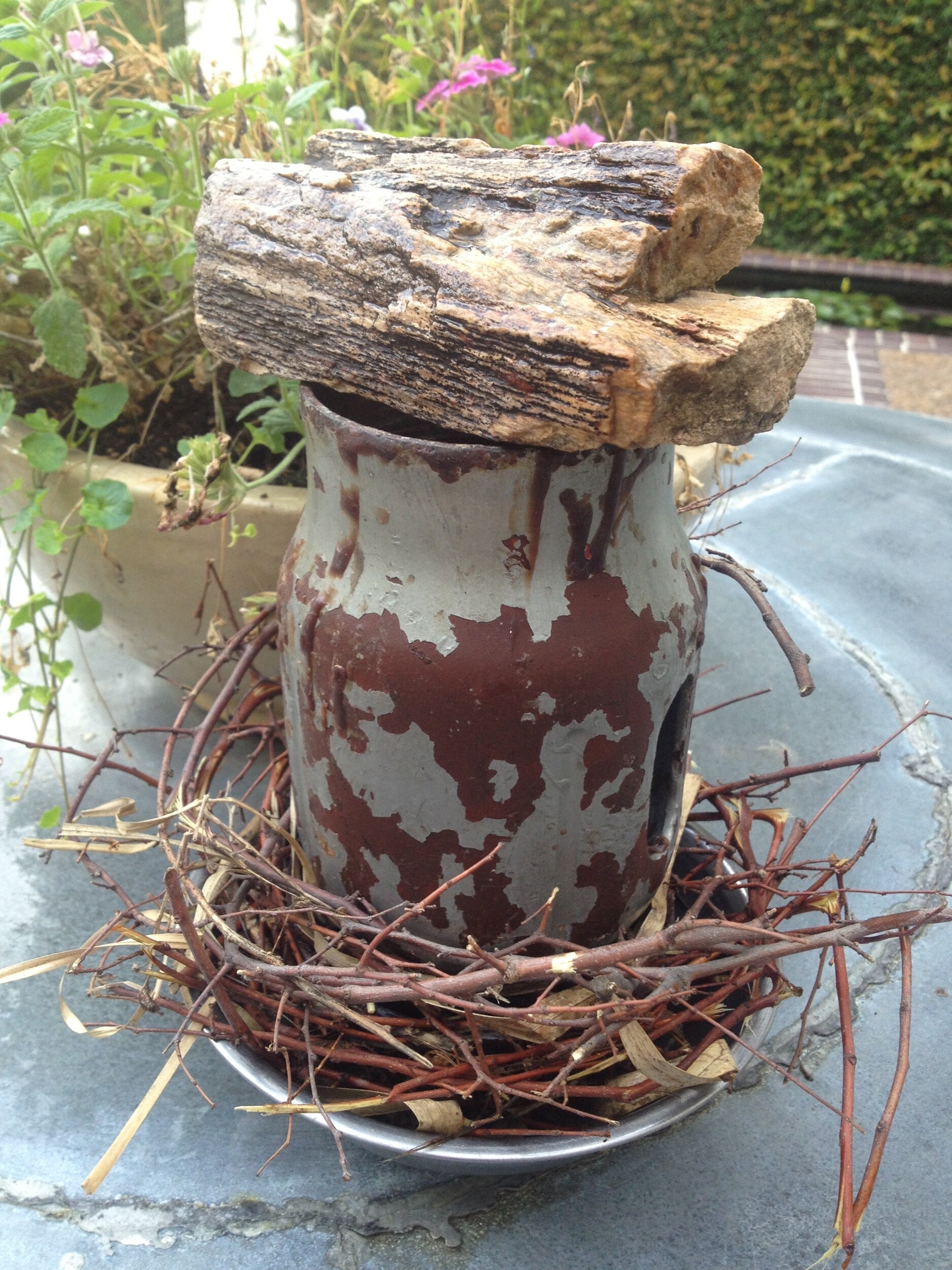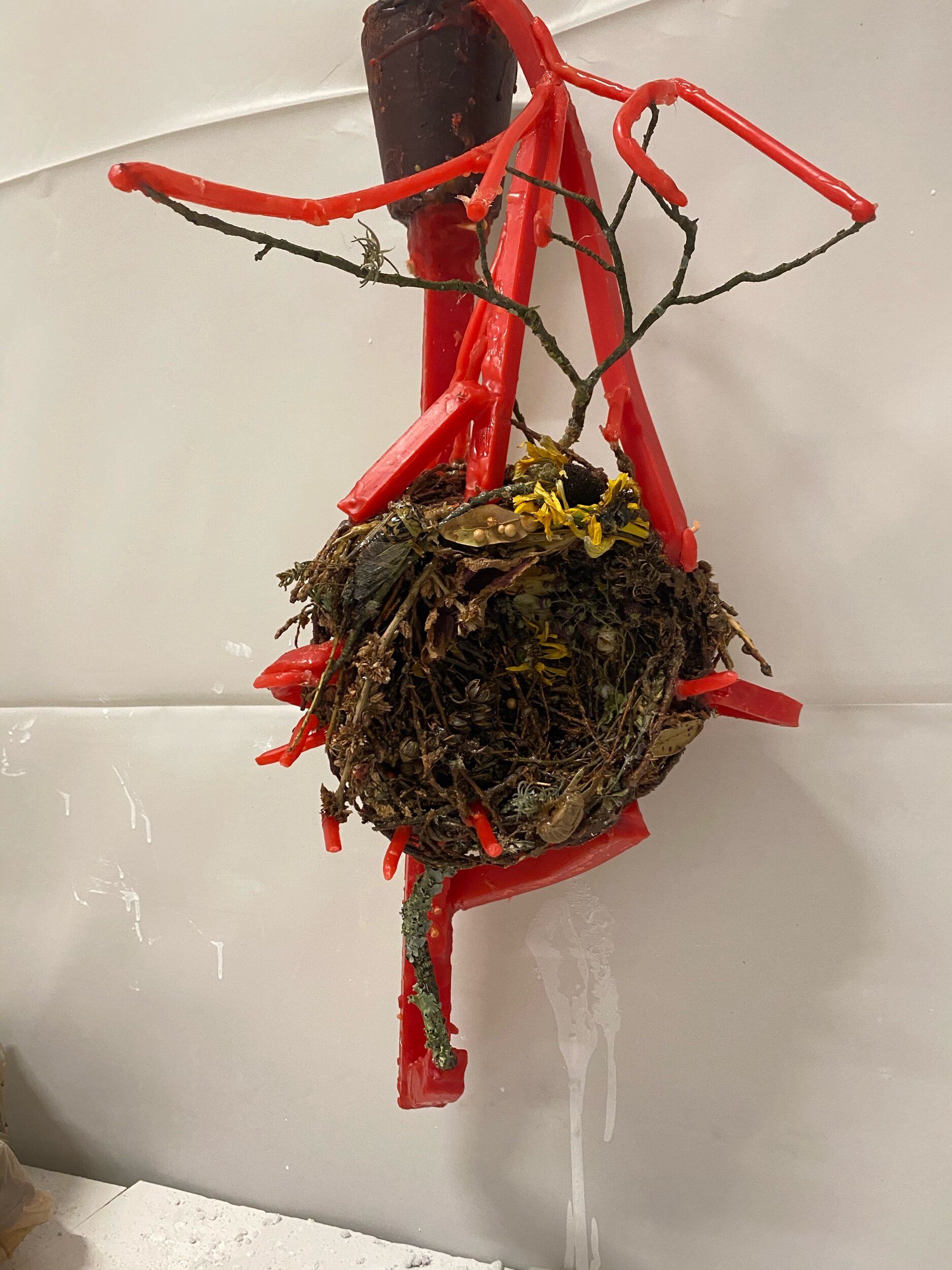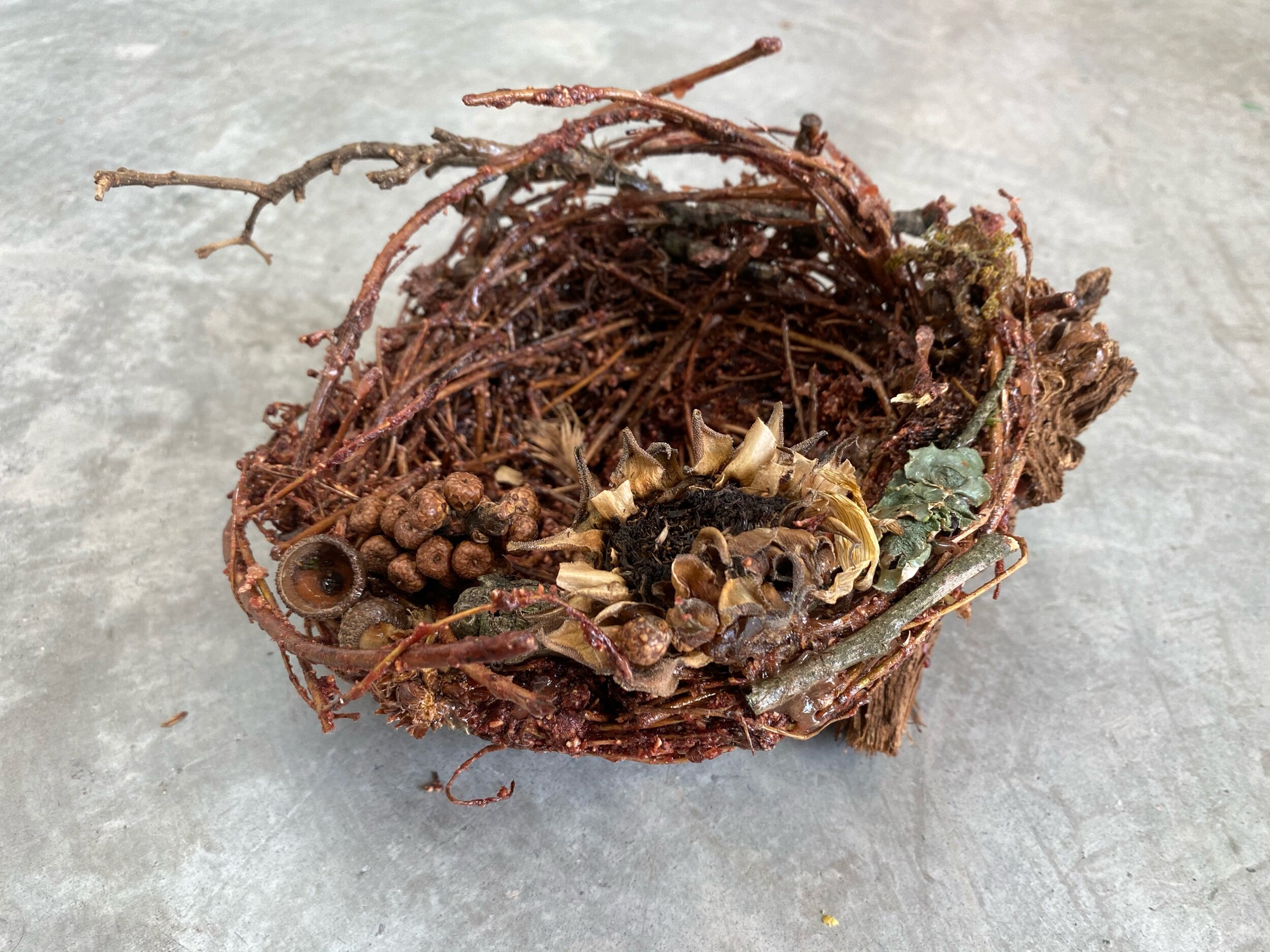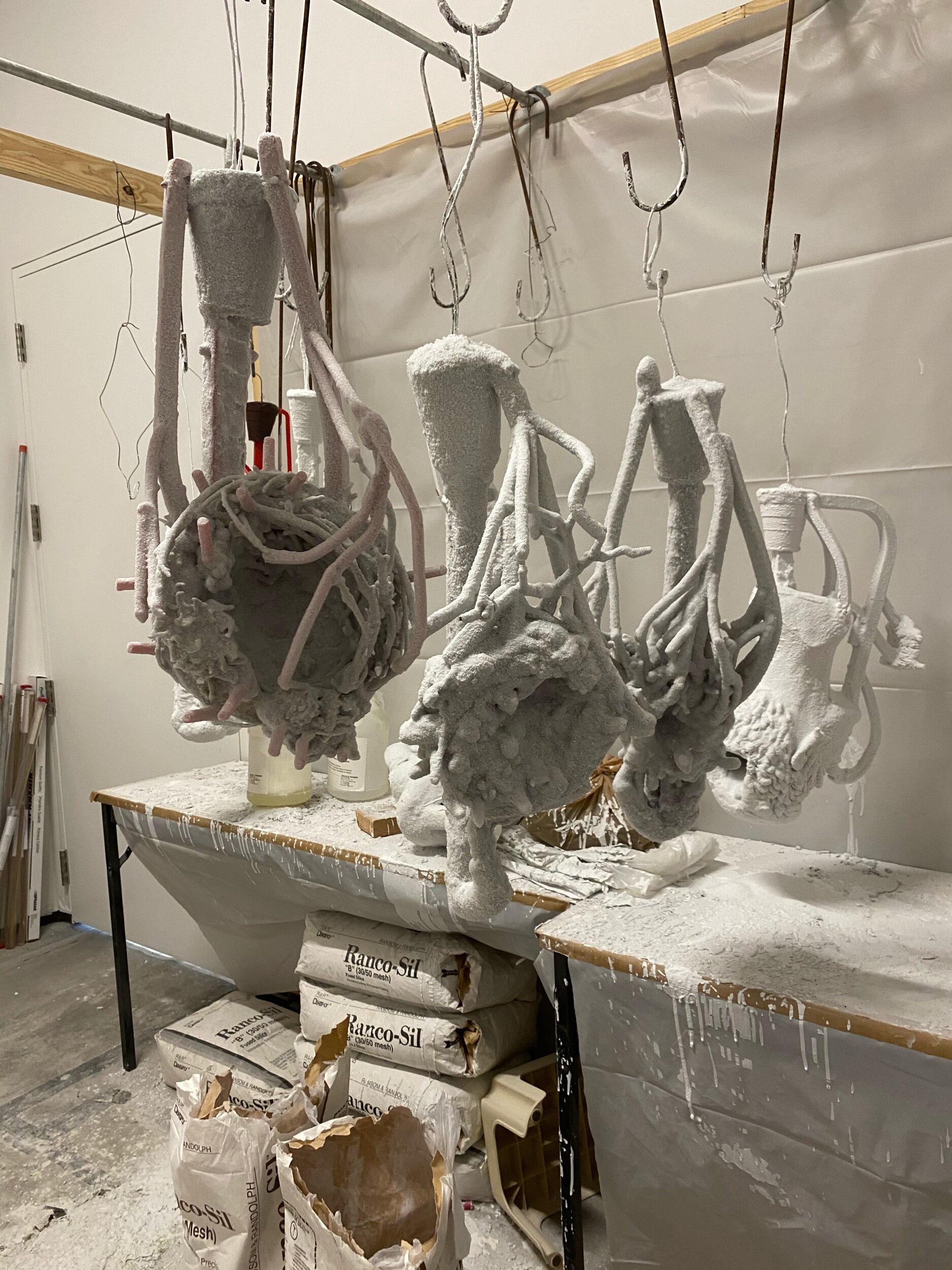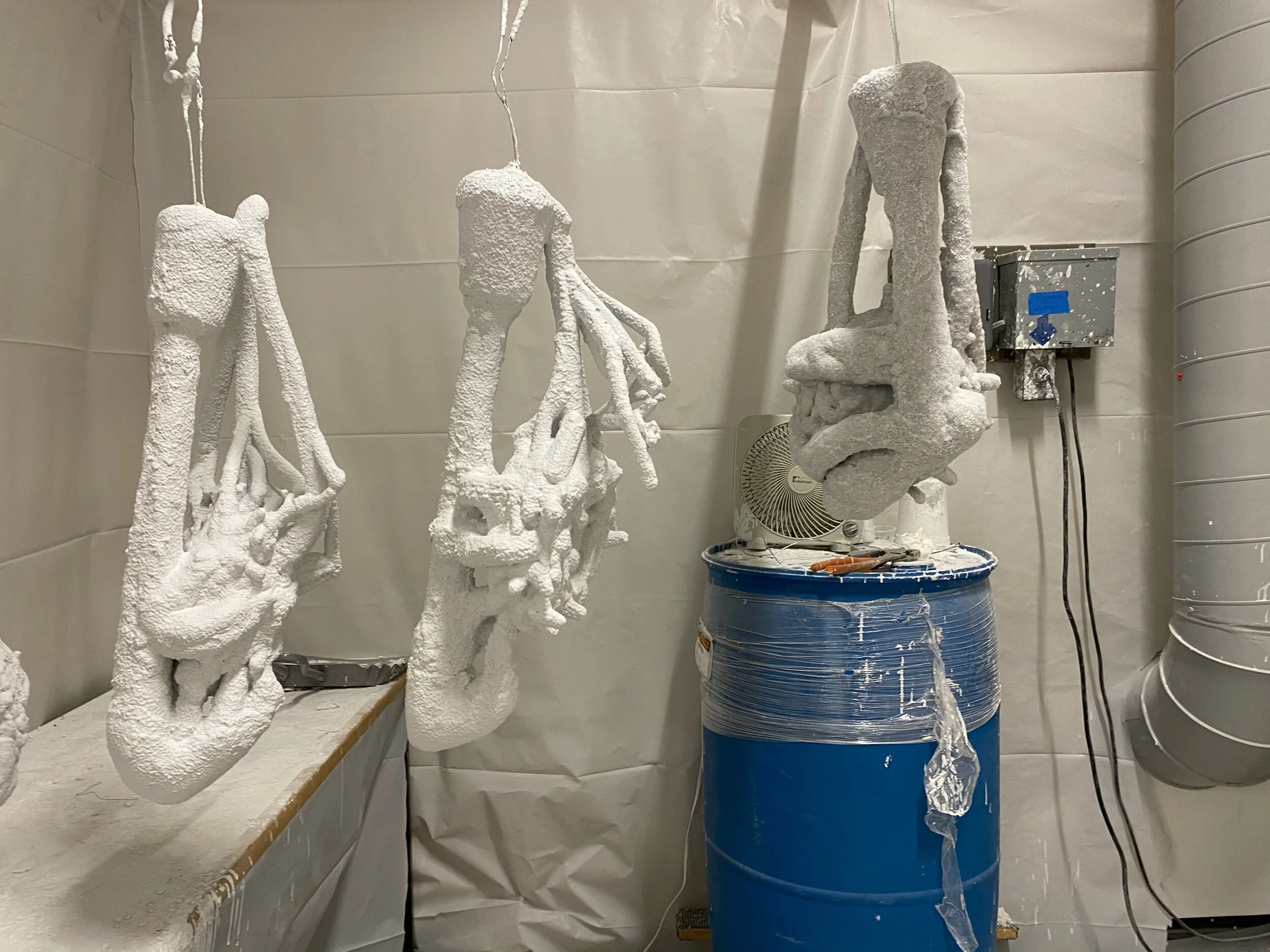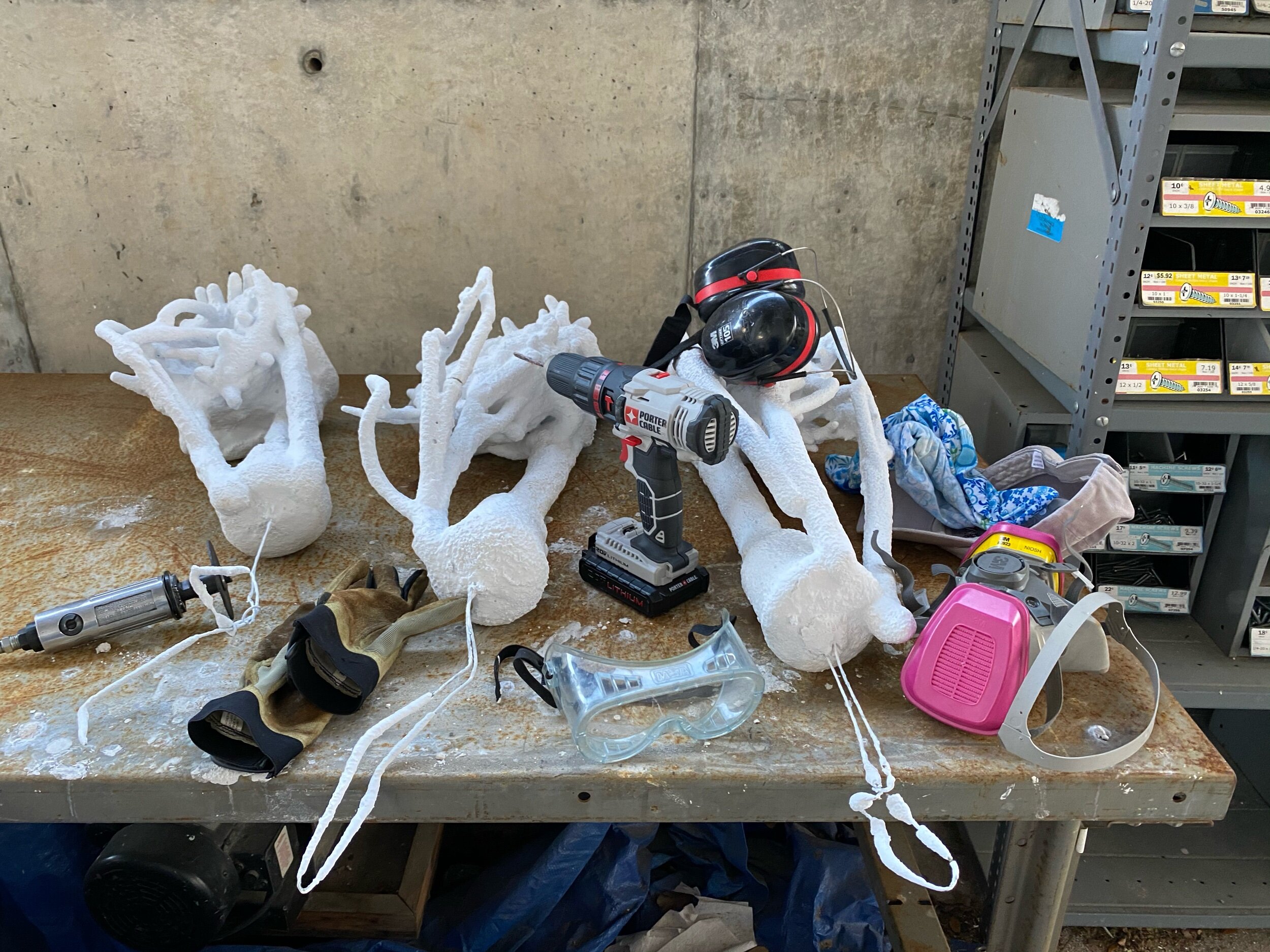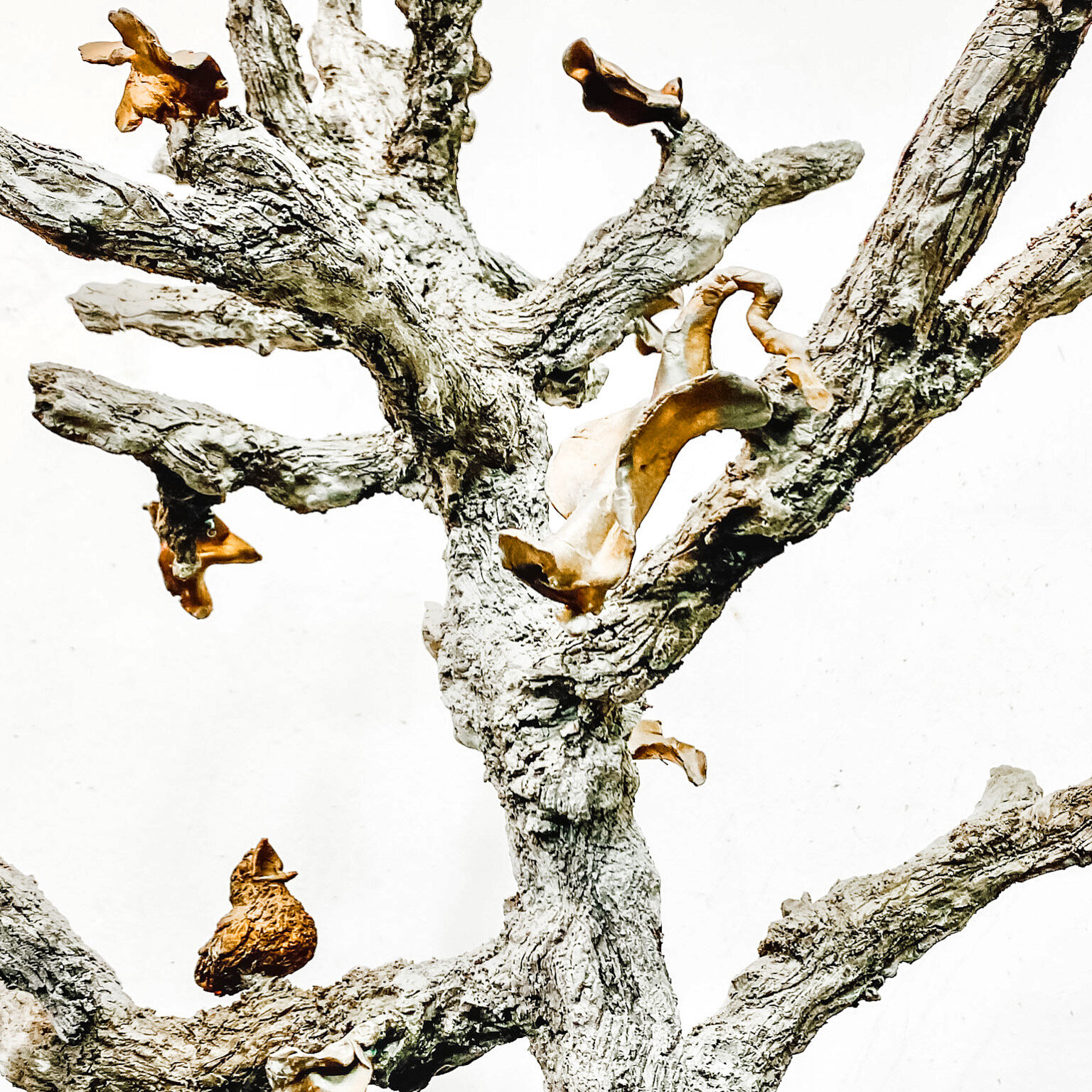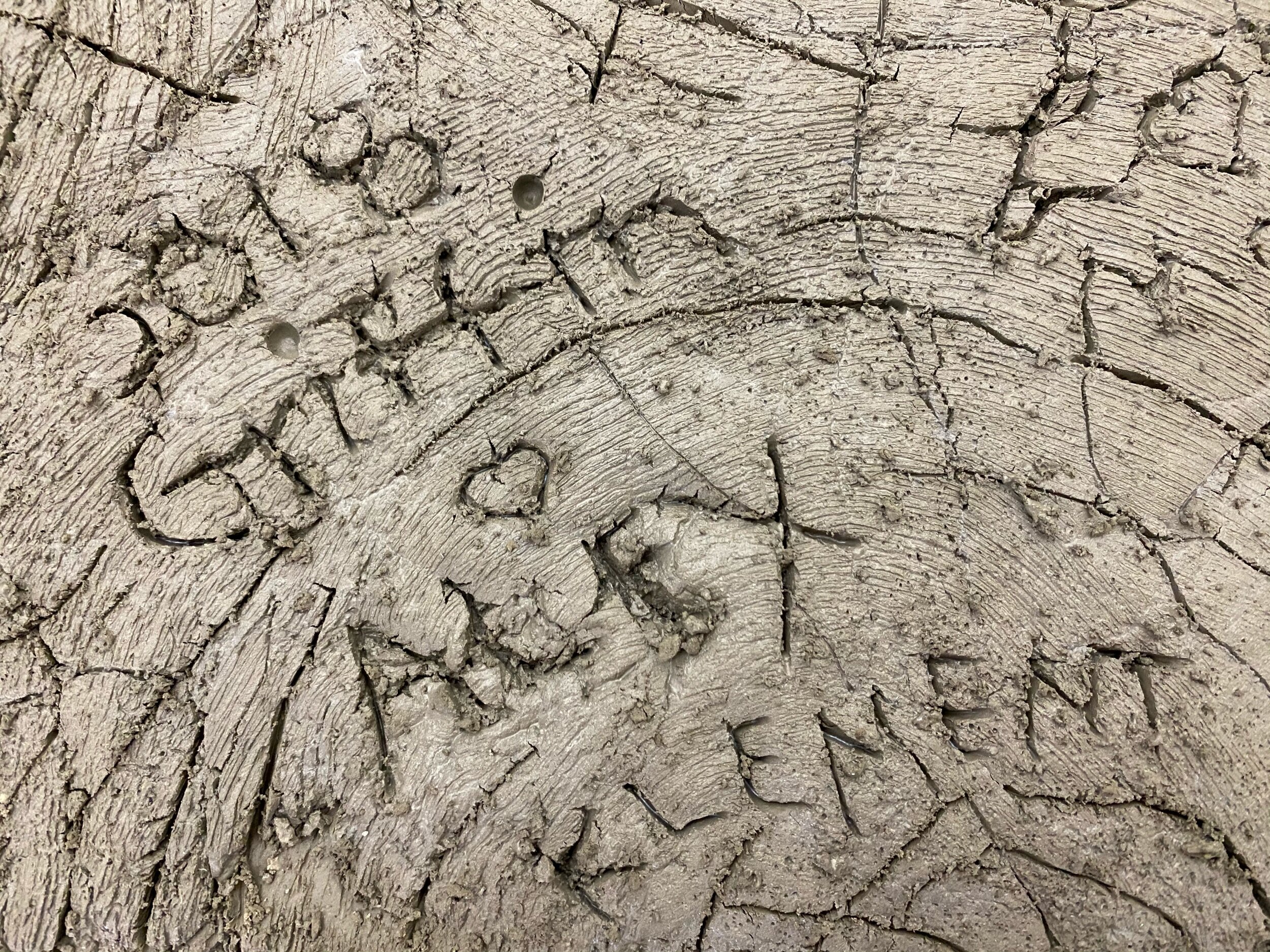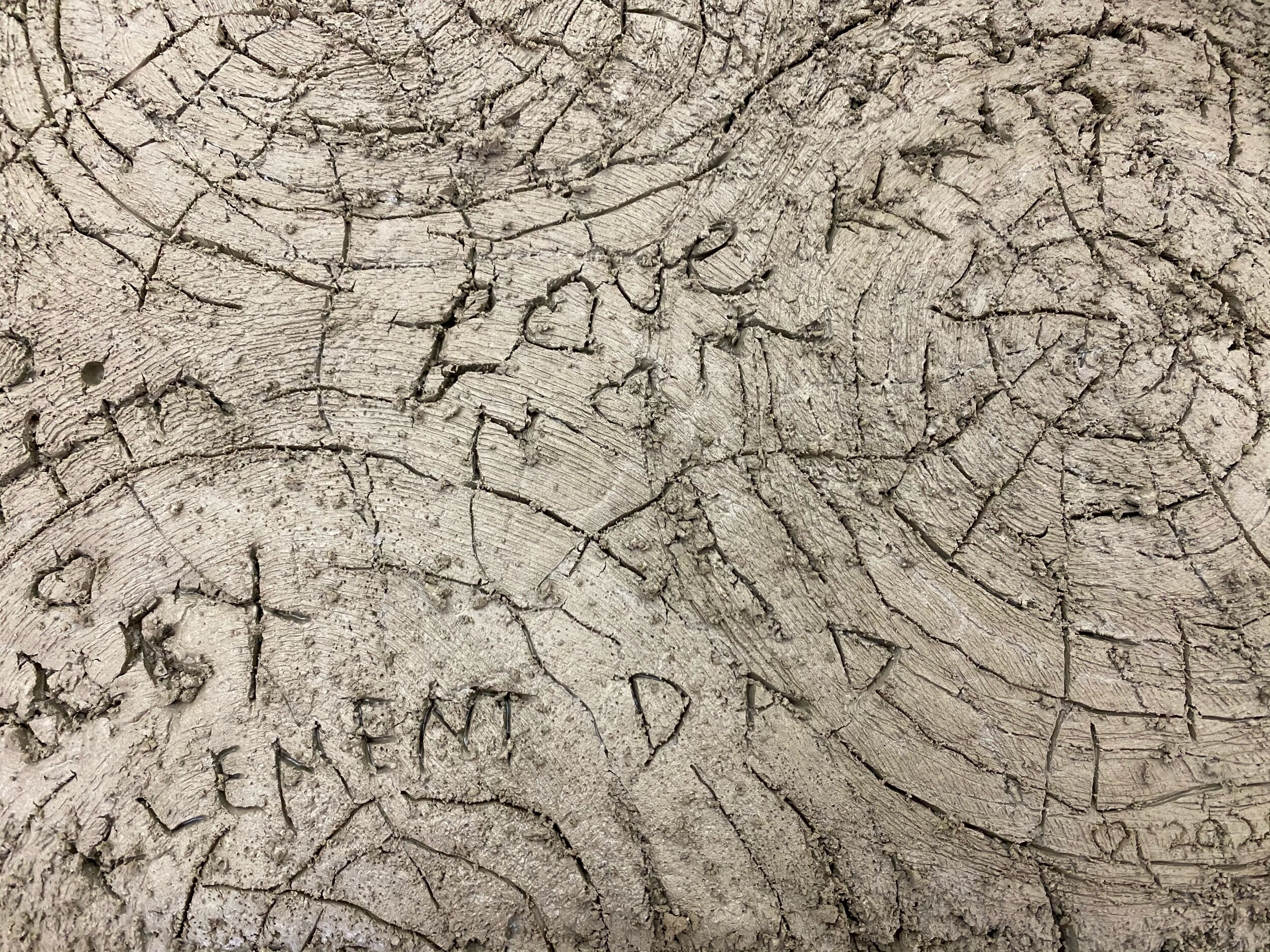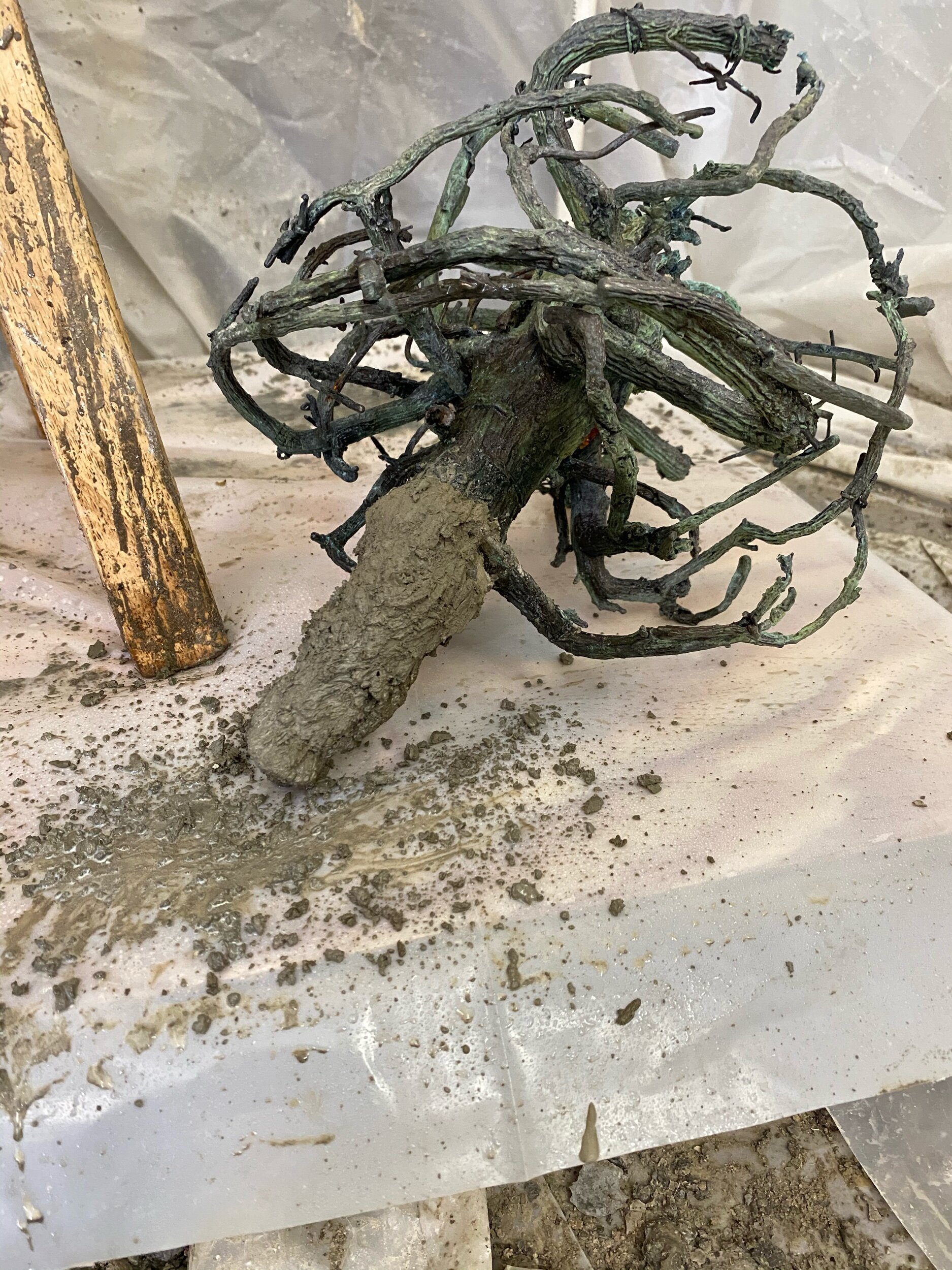Emily, Stephanie, and Will,
First, I want to introduce you to Will Isbell and thank you for meeting with me regarding the Lawndale Sculpture Garden, again. Now that I have had time to think about the space in the greater picture, I am proposing that Will Isbell, work with me to create a plan that will reimagine the Lawndale Sculpture garden as a work of living land art. Will is an artist, past President of the Harris County Master Gardeners Association, oversees the Family Garden at McGovern Centennial Gardens and makes educational videos for Herman park and works at Sicardi Gallery. I have pasted for your enjoyment a link to an Educational video Cooking From Your Garden that Will created a few weeks ago. Will's knowledge, credentials, and experience as a sculptor and gallerist at Sicardi Gallery will be extremely valuable to the project from conception to funding.
Will and I had initial discussions regarding the space last Friday evening, and we are like-minded regarding our landscape philosophies and vision for Lawndale's Sculpture Garden. As artists, we see our involvement as sculptors of a living piece of land art and environmental art activist. The long-term goal of our land art will be to take the garden from it's beautiful traditional landscaped state to a holistic living sculpture garden that works with the Coastal Prairie native landscape and, at the same time, showcases Lawndales sculpture exhibits. The living land art will be educational, functional as an exhibition space, and an environmentally healthy ecosystem/habitat. It will be groundbreaking in the art community to have a sculpture garden that showcases work in an ecologically conscious native landscape and will save Lawndale future dollars.
The first step is to get Will and I the landscape and irrigation plans and a key to the outdoor garden closet. Will and I will then do the research to reimagine the space and give you a conceptual proposal. If you are on board with our vision, we can then work with you on creating a site plan, securing funding, installation/timing plan, and estimate the volunteers needed. We are aware that this may be a long term staged project but are hopeful that it can be realized in the short term.
I am also looking forward to creating a piece that addresses the connection between humans, the natural world, and landscapes. Emily and I discussed that we should discuss the details of this future piece after my Sculpture Month Houston opening on October 10th. I would like to add the growth I realize as an artist from my experience creating the sculpture Month piece to my future Lawndale installation.
I am grateful for the opportunity to work with all of you and know this is going to be an amazing experience.
This is Will’s cooking from the garden video
https://youtu.be/tWDLXyN1jj0
Best,
Cindee
It will be groundbreaking to look at sculpture in a landscape unique to Houston Texas. .





